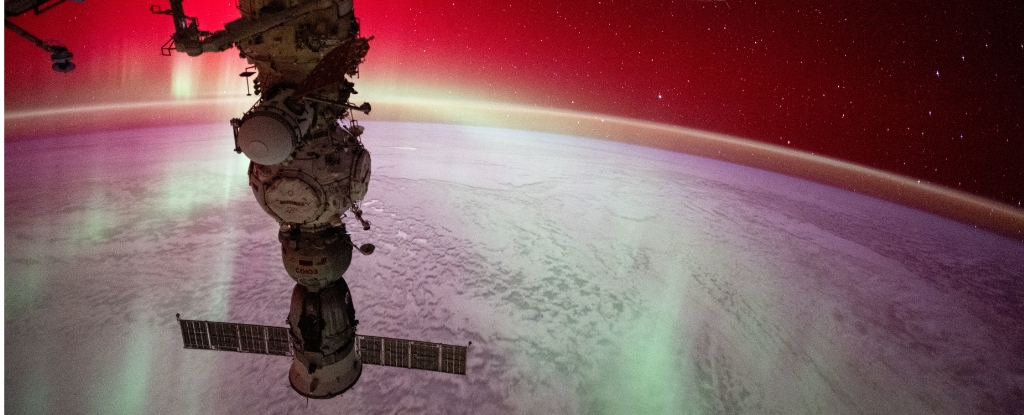Astronomers using the James Webb Space Telescope discovered a massive galaxy called ZF-UDS-7329 that existed 11.5 billion years ago, very early in the universe’s history.
Spectral analysis of the galaxy determined its stars formed 1.5 billion years earlier, meaning this galaxy formed extremely quickly after the Big Bang.
According to cosmological models, massive galaxies could not have formed that early without the presence of dark matter halos, which should not have had time to develop.
Dark matter is believed to dominate galaxy formation by concentrating in halos that pull in gas and dust to form dwarf galaxies and eventually larger galaxies over hundreds of millions of years.
This discovery challenges standard models of cosmology, as such a massive early galaxy should not be able to exist without the gravitational influence of dark matter.
Finding more anomalies like this that seem “impossible” could require rethinking current understanding of how galaxies first formed and evolved in the young universe.
Source: futurism









